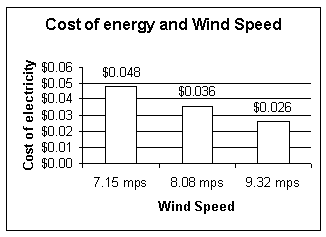
History of the Energy Market in Pennsylvania
3 key players: producers, utilities, consumers
Producers (PECO-Exelon Corp): average PJM wholesale price in 2000 was $28.20 per MWh
52% coal
27% nuclear
9% oil
6% hydro
6% natural gas
< 0.5% renewables
Utilities (PECO)
large transmission HT tariff: $3.50 per MWh
local distribution: $7.70 per MWh
Stranded Cost Competetive Transisiton Charge of $20.20 per MWh through 2010
Demand Charges for Swarthmore in 1998: $9.70 per MWh
Total Cost: $69.40 per MWh for 2002
Swarthmore College uses 12,000 MWh this year, costing $832,800.00.
With new Science Center, will use 15,000 MWh, costing $1,041,000.00 in 2004
Some selected users (MWh):
|
McCabe |
1,500 |
|
Clothier |
630 |
|
Dupont |
863 |
|
Mertz |
38 |
|
Field House |
384 |
|
LPAC |
1,400 |
(the rest from dorms, classrooms, offices in buildings not listed, off-campus users)
Peak demand occurs daily 1-3 pm and annually in September-October
In USA, electricity industry produces 2% of GNP, but contributes
70% of SO2
30% of CO2
30% of NOx
18% of mercury released
high level radioactive waste
particulates smaller than 10 microns
Emissions based upon PJM Power Pool Data:
Swarthmore College produces 9311 tons CO2, 63 tons SO2, 26.6 tons NOx, radioactive waste, particulates
What's so bad about that?
PA has 4th smoggiest air in the US
PA has the most acidic rainfall in US
PA emits 1% of the world's CO2 (more than 84 countries)
in Philadelphia Metro area, in each year:
997 deaths attributable to power plant pollution (mostly particulates)
654 hospitalizations
19,000 asthma attacks (40% are children)
225 asthma ER visits
593 chronic bronchitis diagnoses
158,000 lost work days
(doesn't include mining, transportation, nuclear wastes, solid wastes)
PECO's output is 23,593,639 MWh for the year 2000, so, if proportional:
997 * 12,000 MWh Swat / 23,593,639 MWh PECO = 0.5 deaths/year
Why do we participate in causing one death every other year? Cost.
1 MWh of electricity cost (in real dollar terms):
$1000 in 1900
$400 in 1950
$100 in 1980
$69 in 2002
Energy costs of new coal plant: $35 - $40 per MWh
but include health costs, then get $55 per MWh
1 MW turbine with design life of 20 years costs $1.5 M. Amortizing this over 20 years at 6-8% interest gives $131,000 to $153,000 per year. Adding annual operation and maintenance leads to an estimated annual cost of $149,000 to $183,000.
A turbine's annual energy output depends on the cube of the mean annual wind speed at 50 m height above ground.

For 1.5 MW turbine, energy produced is 4700 to 5200 MWh each year -> $30 - $40 per MWh.
PA has better wind than Germany, but hardly touched. Land can be used for agriculture, too.
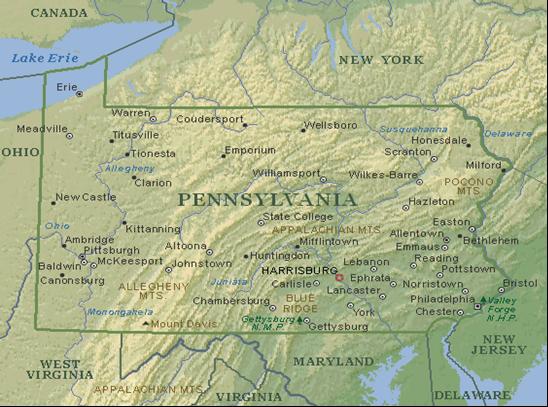
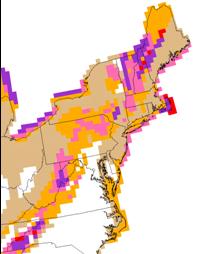
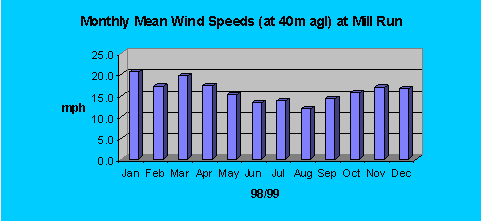
Wind cost to produce (per MWh, in real dollar terms):
$400 in 1979
$40 - $70 in 2000
$25 - $45 in 2005 (projected, based upon signed contracts, economies of scale).
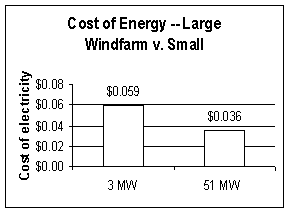
How much would we pay?
whole$ale - CTC - HT transmission - local distribution = "shopping credit"
$69.40 - $20.20 - $3.50 - $7.70 = $38.00 per MWh (what we pay now) note: wholesale price is about $30 per MWh
CMU signed one-year contract for 5% of their total electrical energy load, or 4,778 MWh
at a cost of $17 more per MWh. Total one-year cost: $80,000.
Swarthmore's electric rates have been capped at 1996 levels, so we are paying 15% less for electricity today than in 1996 (in real dollar terms). 100% wind power for Swarthmore could cost 10-15% more than for fossil fuels within 10 years.
Idea: combine conservation (5% possible to acheive, net of fixed costs, or $50,000) with wind power purchase. This would buy 15% to 20% of Swarthmore's power from wind.
Several payment options:
1. "Green Mountain Model" - Buy scheduled power from supplier, billed for delivered power (includes demand charges): 1 year, 2 year, 5 year, 10 year contracts available at fixed rates. The more wind power we buy, and the longer the contract, the cheaper the price.
2. "Green Tag Model" - keep contract with PECO-Exelon, but agree to pay difference between current PJM wholesale price and a fixed price of $52 per MWh for the wind power we draw (20 year contract). Pay for "wind premium" separately.
3. "Think Energy Model" - negotiate directly with wind power producers to have dedicated turbine output dumped into the PJM grid on our behalf. For a few thousand dollars, we could investigate this option.
4. "Stand Alone Model" - buy our own wind turbine, and the land it sits on.
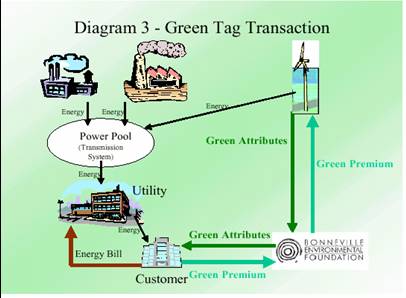

Other possibilities:
Reinvest annually in wind power in an amount equal to 3% of electric bills.
Ramp up purchase of percentage wind power to 100% in 10 years, when CTC comes off.
Optional "dollar added to fees" at Univ. of Colorado

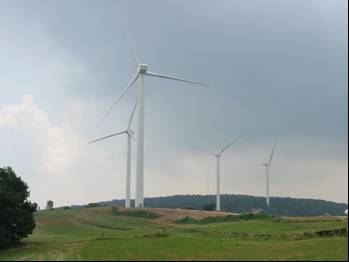

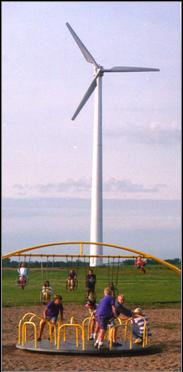
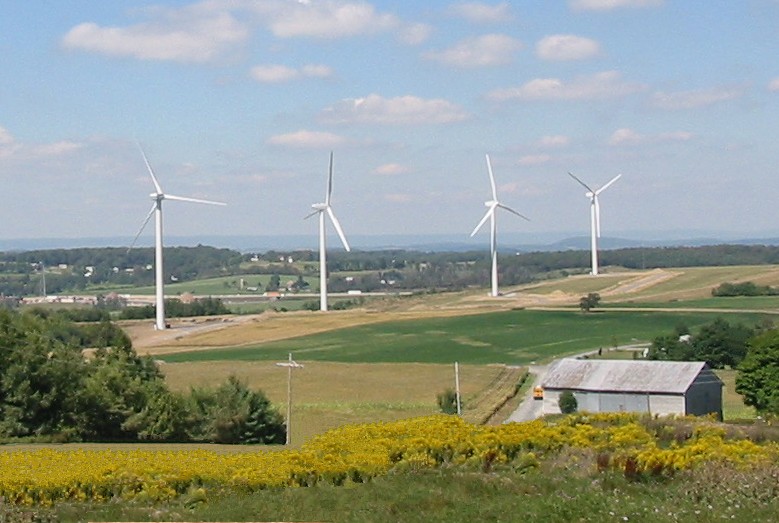
Send message to the chair of the Science Project User's Group, Rachel Merz (rmerz1@swarthmore.edu)
last updated 10/12/01
webmaster